For intrepid explorers, Spitsbergen, the largest island in the Svalbard archipelago, is an absolute must-visit destination. Like the travel equivalent of Mary Poppins’ bag, Spitsbergen is a destination that keeps on giving. Breathtaking scenery? Check! Incredible wildlife spotting opportunities? Check! A landscape that inspires awe? Check! We’ve yet to have an expedition passenger disappointed with all Spitsbergen offers.
Some 660 kilometres (410 miles) north of mainland Norway’s northernmost top, the 39,500-square-kilometre (15,251 square miles) Spitsbergen Island is nestled in the sapphire shades of the Arctic Ocean. While you might imagine a desolate island with little intrigue, the opposite is true. In fact, it’s a flourishing paradise for Arctic flora and fauna, especially if you know where to look. And, with over 30 years leading Arctic expeditions, we do!
To find out why Spitsbergen should be high on your travel wish list, read our handy travel guide.
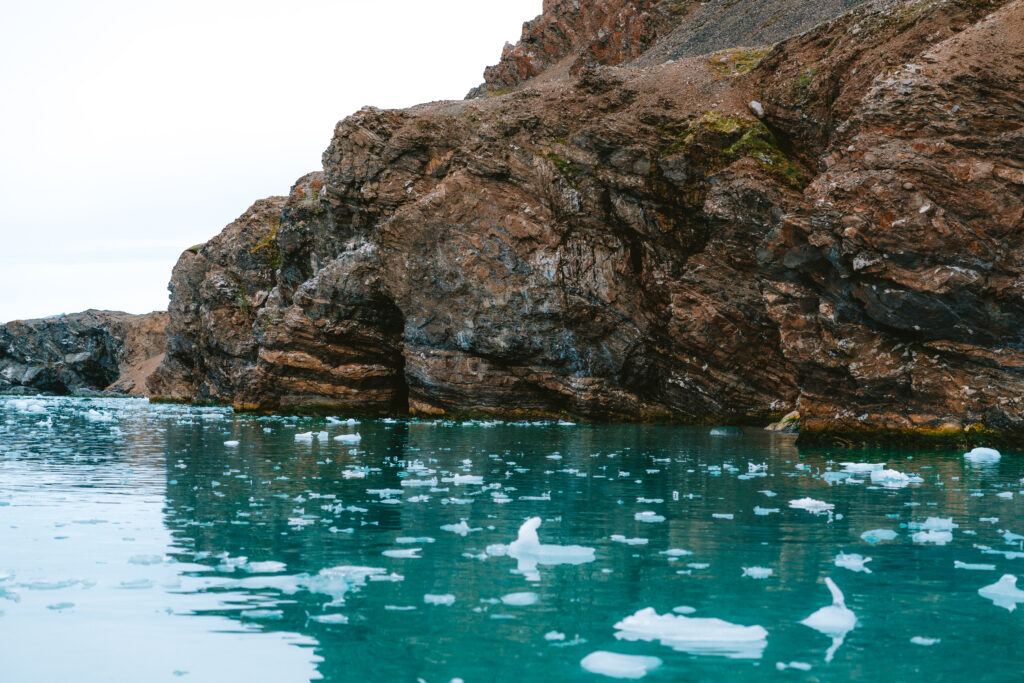
Spitsbergen unique geology
While Svalbard may have only been ‘officially’ discovered in 1596 by Dutchman, Willem Barentsz, it, of course, existed long before then. Geologically, Spitsbergen has been tracked through the Mesozoic (65-245 million years ago), Cambrian (570 million years back), and even the Archean eras, over 3.5 billion years ago. Yes, billion!
If you look at its southern shores on a map of Spitsbergen, you’ll see evidence of the diversity of the geology here. It’s incomparable to elsewhere in Svalbard. The flat-topped nunataks (a summit that protrudes from an ice field) peek from colossal glaciers.
So, what does Spitsbergen mean? In Dutch, it translates to ‘pointed mountain’, named after its similarities to Europe’s peaks. While Newtontoppen is the highest peak on the archipelago, it doesn’t look it, with a lot of its 1,717 metres (5,630 feet) being covered by heavy glaciation.
Spitsbergen’s terrain consists of these craggy mountain peaks, along with awe-inspiring glaciers, including the mighty Austfonna Glacier and stunning Monaco Glacier, named after the first Prince Albert of Monaco. Add to this the enchanting, sparkling blue shades of the island’s ice caves, and you can picture why it’s a destination that holds so much intrigue. On the northwest side of the island, Sør-Spitsbergen National Park is even home to warm springs!
Spitsbergen history
Remember the ‘officially’ discovered part? We say this because, of course, Willem Barentsz – famous for his mapping and meteorological skills – was not the first to ever sight the glacial shores of Spitsbergen, Norway. Experts agree that Vikings likely spent time on the island, though no evidence has been found to date.
What evidence has been discovered, however, relates to Spitsbergen’s use as a hunting ground. With whales, polar bears and Arctic foxes in abundance, it was very appealling to European nations. They used it to expand their trade opportunities and assert their dominance over new territories. Spitsbergen was a hub for Arctic whaling, commencing with Dutch whalers in 1612 and the British joining shortly after. Across the islands, evidence of these whaling stations reveals the secrets of this period in maritime history.
One of Spitsbergen’s most significant moments in history was as a base for polar expeditions. Daring explorers like Roald Amundsen, Fridtjof Nansen, and Umberto Nobile, recognised the strategic location and logistical advantages the island offered to support their quest to reach the North Pole first.
In 1920, Svalbard shifted from a place of plundering to protection when the Svalbard Treaty was signed. Thanks to this important document, Spitsbergen has remained a demilitarised base under Norway. The agreement ensures the protection and preservation of the region’s fragile ecosystem, along with parameters regarding scientific exploration.
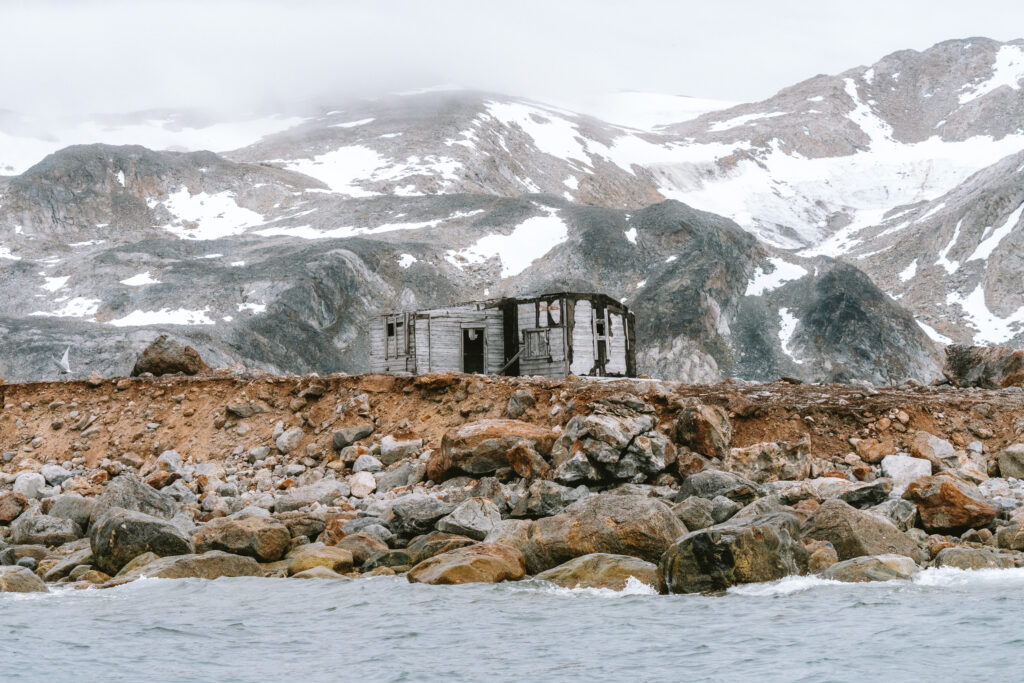
Culture in Spitsbergen
Due to the remote location and chilly climes of the island of Spitsbergen, this rather desolate place has not been the kind of destination that people have rushed to inhabit over the centuries. That said, whale bones have been traced to the Stone Age, and stone tools in Bjørnerenden date back to approximately 4,000-6,000 years ago!
Besides those glimpses into the past, the settlement outposts by Norwegian and Russian whalers, the passing Polar explorers and the passionate scientists stationed on Spitsbergen have all left a cultural mark. Now, the multicultural nature of modern Spitsbergen weave into a fascinating cultural blend unique to the island.
Of the estimated 2,400 residents that call Longyearbyen home – Svalbard’s capital, administration centre, and largest town – over 50 nationalities are present. While over 50% are Norwegian, you can also meet people from Sweden, Thailand, Russia, the Philippines and Ukraine.
Many Longyearbyen residents hold service and governance positions that keep Svalbard running. You’ll also find miners, research scientists and tour guides. The latter two have a passion for sharing all that is fascinating about the region. Discover 10 fun facts about Longyearbyen here.
Other settlements around the island are smaller in population and include the research residents of Ny-Ålesun, the Russian mining community of Barentsburg, and the mining outpost of Sveagruva. Typically, these communities are in the old villages started by early Norwegian and Russian miners and whalers.
As you may imagine, the residents who choose frigid Spitsbergen, Norway as their home – be it short-term or long – are often united by a spirit of adventure and a necessary dose of resilience that allows them to thrive there.
What do our expeditioners think?
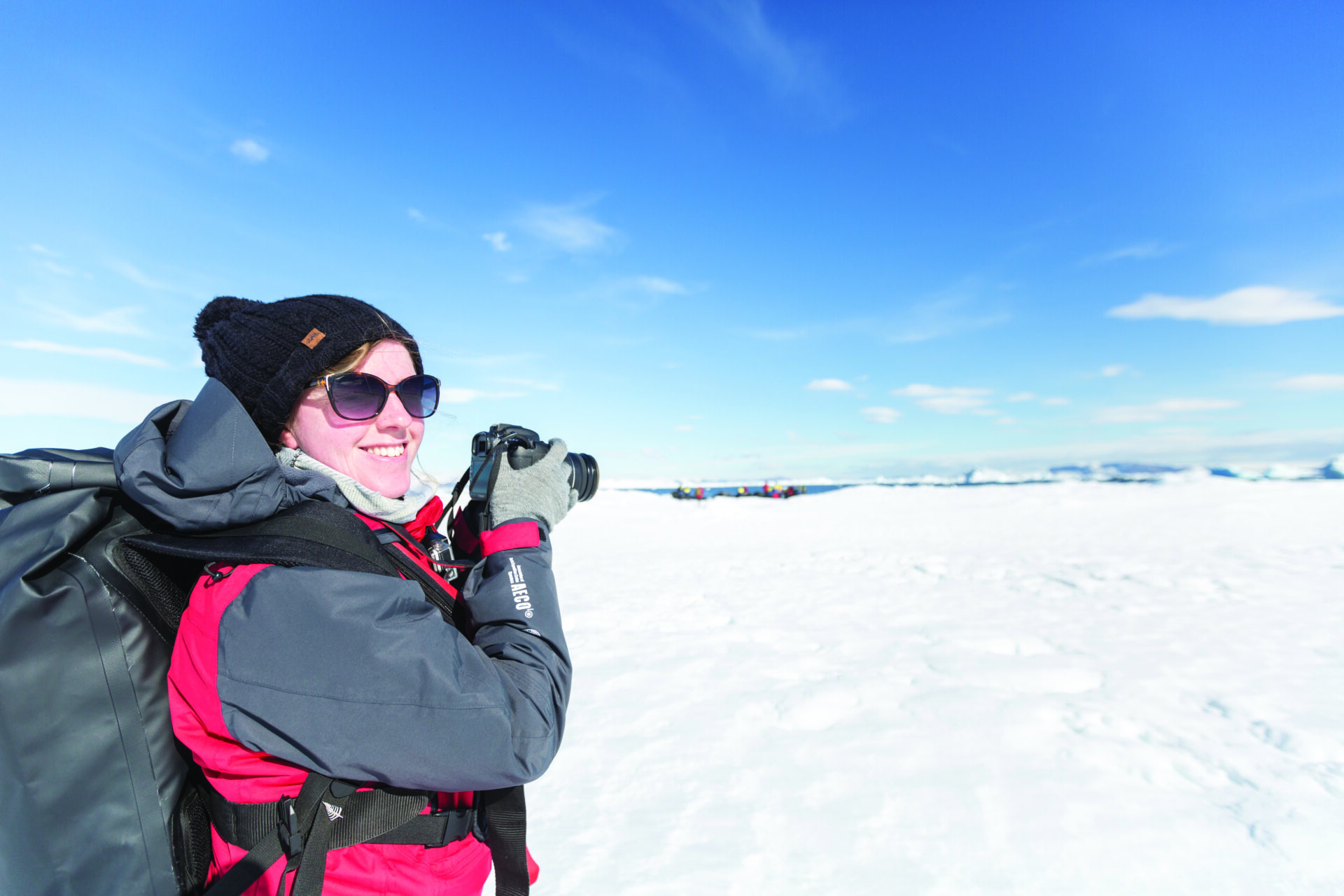
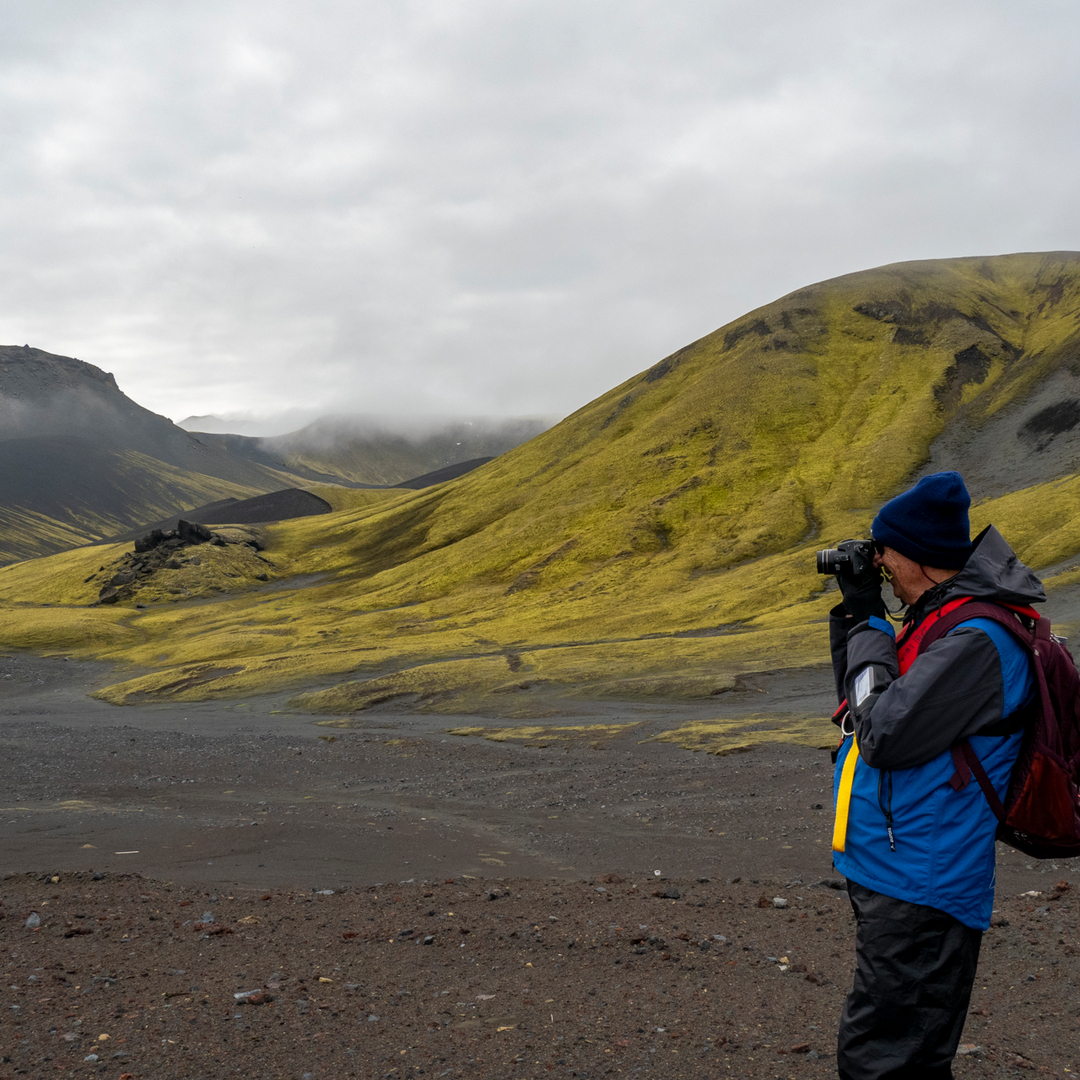
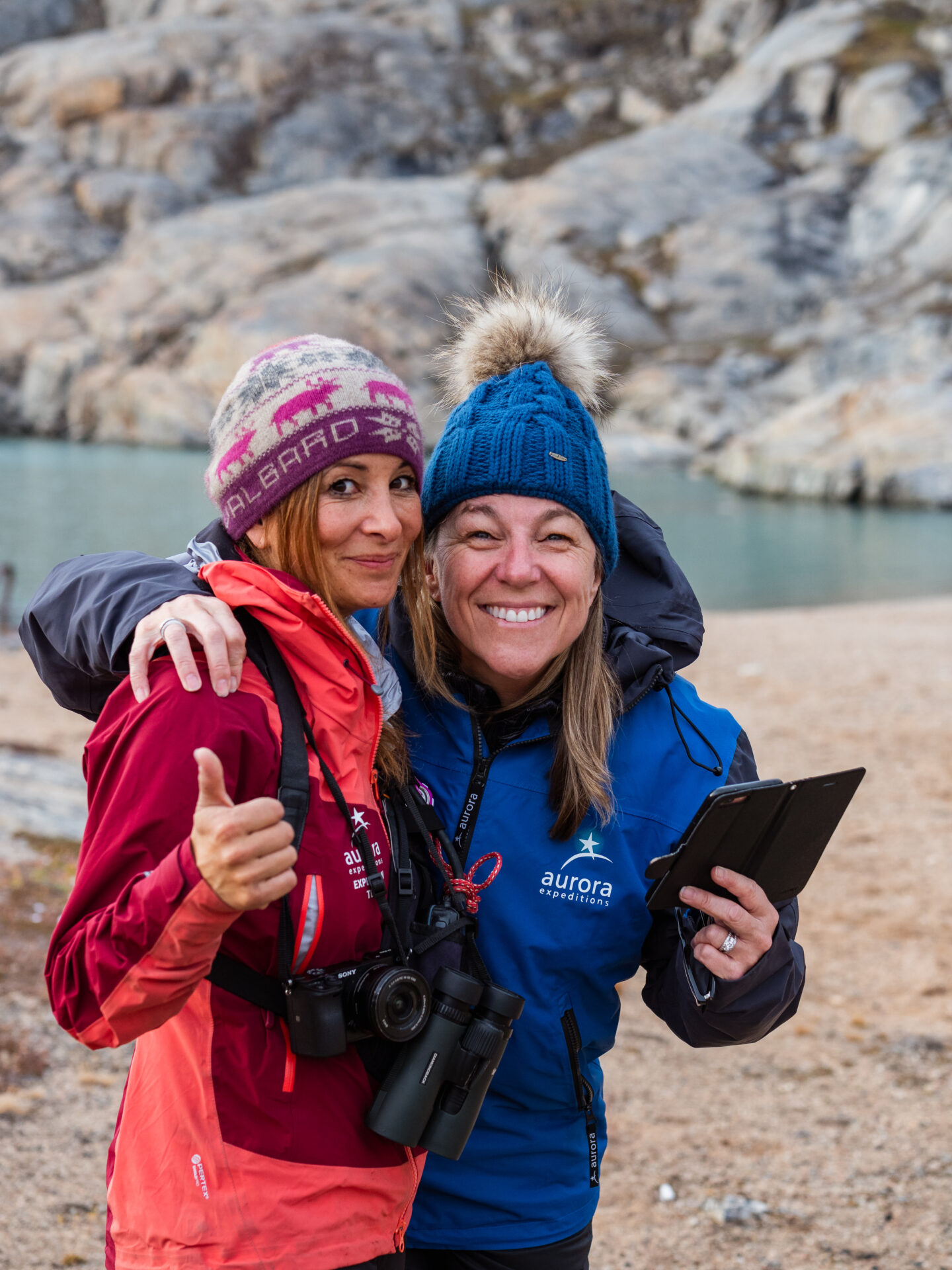
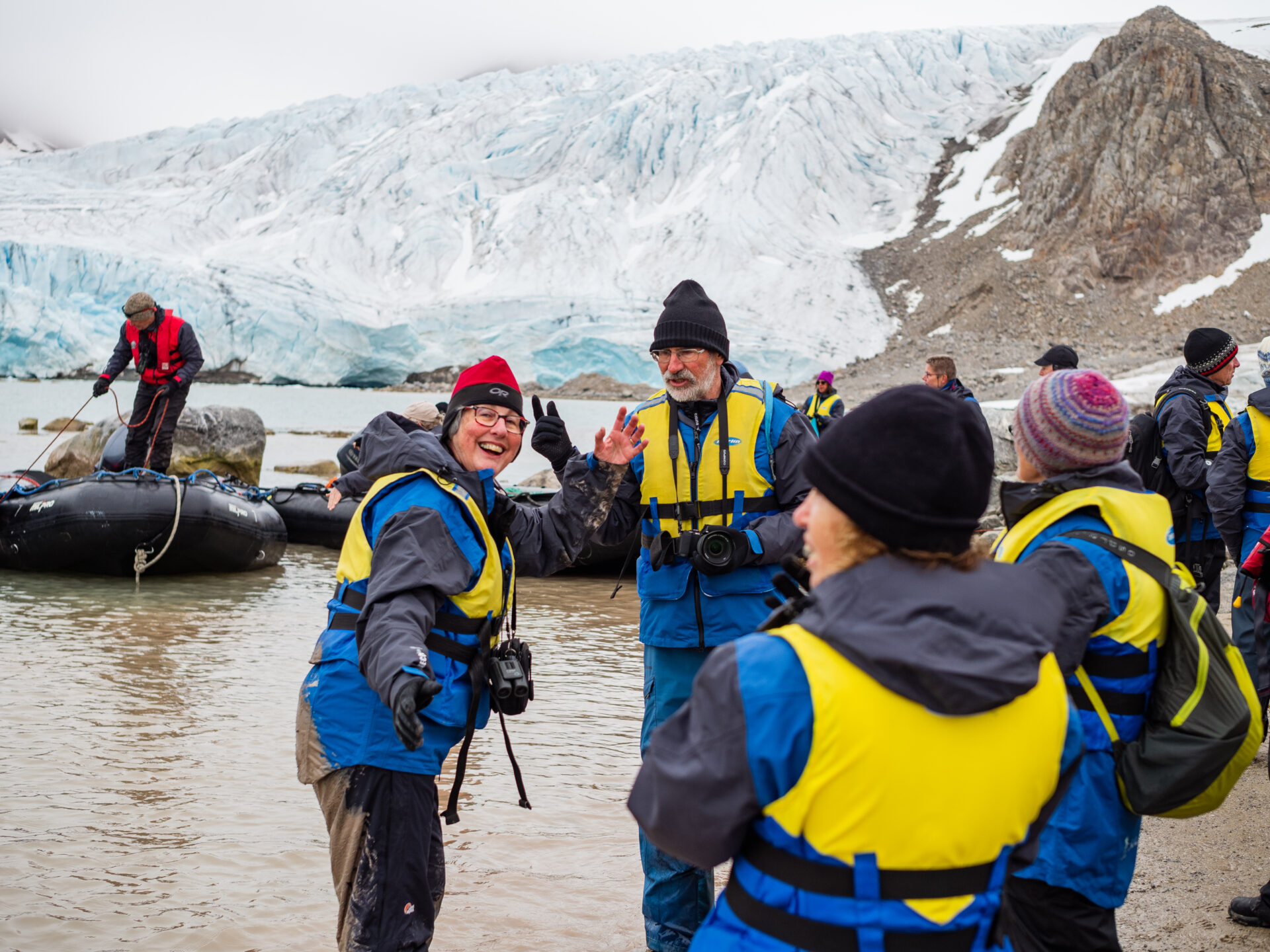
Spitsbergen wildlife
Known as the wildlife capital of the Arctic, Spitsbergen Island has a vast, untouched landscape and low visitor numbers create an idyllic sanctuary for a thrilling, diverse range of wildlife. Around 65% of Spitsbergen has protected status. This includes 15 national parks (including the popular Sor-Spitsbergen and Nordvest Spitsbergen National Parks) and bird sanctuaries to preserve the island’s residents. From the enthralling polar bear to comedic walrus colonies, to Arctic birds that swoop and soar to marine mammals that make your jaw drop in awe, the rewards are plenty for intrepid Arctic explorers.
One of the major drawcards of any expedition to Spitsbergen is the allure of sighting a polar bear in its natural habitat. As polar bears are solitary by nature, spotting one in the wild is no easy task. However, our purpose-built ship, zippy Zodiacs, and expert Expedition Leaders give you the best shot at making this dream a reality.
The far more social walrus is easier to sight, with the Atlantic walruses hanging in colonies around the shores and ice floes around Spitsbergen. Witnessing the amusing antics of these colossal marine mammals (adult males can be 1,000 kilograms or 2,200 pounds!) is hilarious. Arctic seals are also incredibly entertaining and a delight to observe.
One of the perks of being on an expedition cruise is that the teeming wildlife found in the waters of the Arctic is quite literally surrounding you. A front-row seat to humpback whales breaching, spying the powerful fin whale and, if you’re really lucky, seeing the tusk of the elusive narwhal breach the surface is beyond most travellers wildest dreams.
Bird enthusiasts will be captivated by the diversity of the avian species that call Spitsbergen home. Arctic terns soar, ivory gulls swoop, kittiwakes caw, and the effusive puffins pause, seemingly knowing their red-beaked beauty needs to be captured on dozens of expeditioners’ cameras.
On land, the pristine white fur and playful antics of the Arctic fox are a delight. As they prowl the tundra amid the delicate Arctic wildflowers, they demonstrate vibrancy amid the region’s icy hostility.
Time spent witnessing the Arctic’s majestic creatures reminds one of the planet’s fragile biodiversity and our stewardship to protect the flora and fauna of the Arctic. Discover more about Aurora Expedition’s Sustainability in Action commitments here.
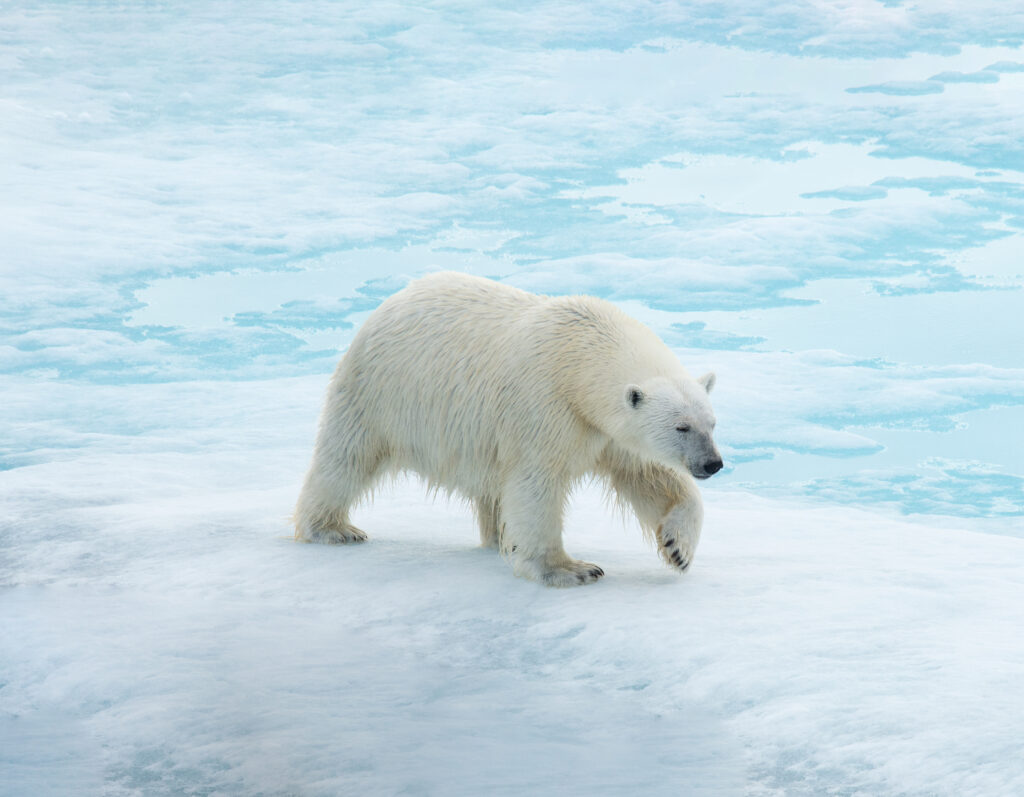
Arctic adventures
It’s not surprising that taking an expedition cruise to a remote and underexplored land comes with its fair share of adventures – but this is especially true of the journeys aboard our purpose-built ships.
Sea kayaking is a popular adventure add-on activity for our expeditioners. It’s an exhilarating way to connect deeply to the region and see wildlife from a new perspective.
Summer hiking is popular on Spitsbergen, Svalbard, with trails ranging from gentle (like the ‘off-road’ Advent Valley walk across the tundra) to challenging (the eight-hour trek to see incredible views from the summit of Nordenskiöld Toppen Mountain). Liefdefjorden is worth the trekking simply to say you’ve hiked the Love Fjord’. Our Expedition Team – including Naturalists, Biologists and Geologists – will help you stretch your sea legs on informative guided walks suitable for all fitness levels.
For the ultimate adventure, however, get immersed in the Arctic with our bucket-list-worthy polar plunge! The ultimate ice bath, this (obviously optional) rite of passage tests the mettle of the hardiest of adventurers. The rush of adrenalin and bragging rights are just some of the post-plunge highs.
There are plenty of reasons to spend some time in Spitsbergen before or after your voyage, too, with a range of unique activities to choose from, including snowmobile rides, ice caving, glacier hiking, ATV safaris and dog sledding. For skiers and snowboarders, Sarkofagen is popular for its alpine terrain and incredible views, while Adventdalen and Bolterdalen are popular for cross-country and backcountry skiing. In the summer months, you can whizz down the slopes of Foxfanna Glacier. Running enthusiasts may also be interested in attempting the Spitsbergen Marathon, a demanding, gruelling race that sets the hearts of extreme athletes aflutter.
With all adventure activities in Svalbard, it’s important to note that an experienced guide is recommended due to polar bear activity.
Spitsbergen attractions
Besides thrilling adventures, one of Longyearbyen’s most fascinating attractions is the Svalbard Global Seed Vault. Unlike any other place on the planet, the Seed Vault preserves a diverse range of crops from around the world in a secure underground facility.
Also known as the ‘Doomsday Vault’, the protection of the world’s agricultural heritage is imperative. Especially when it comes to providing genetic resources for future food security in case of natural disasters and climate change.
Other Longyearbyen tourist sites include the informative Svalbard Museum, the North Pole Exhibition Museum, the Svalbard Church and the Nordover Art Centre. You can even visit an old coal mine while in town!
Beer lovers, don’t miss the chance to decide whether a craft ale tastes better when it’s enriched by Arctic minerals and a 2,000-year-old glacier. Stop by the Svalbard Brewery to decide for yourself.
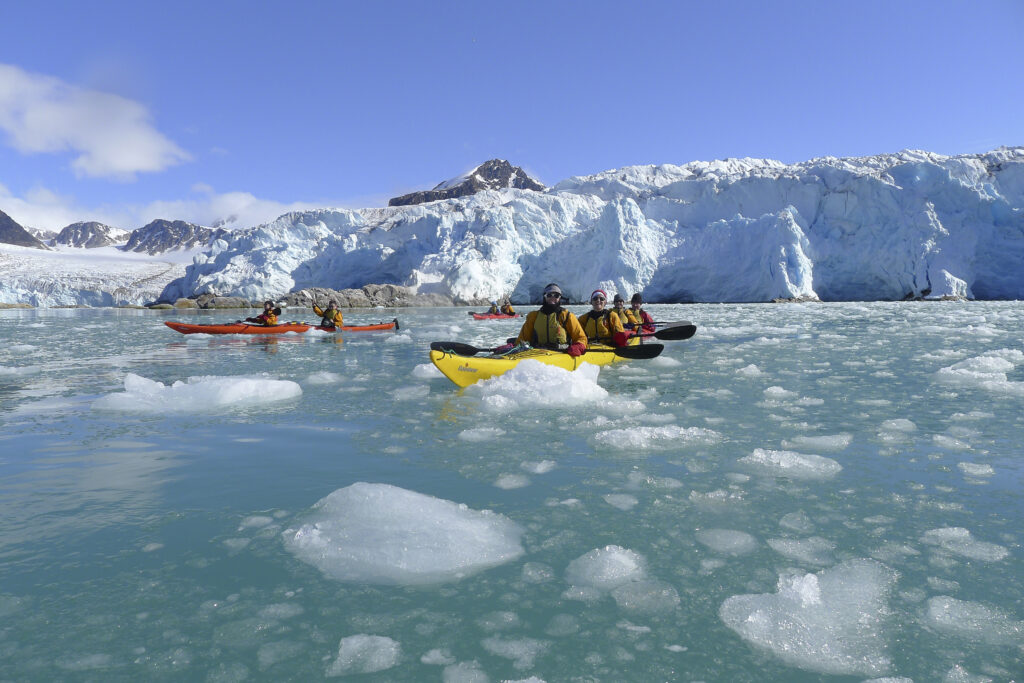
Entertainment in Spitsbergen
Did you know that Svalbard is the cultural capital of the high Arctic? With most of the arts, music and entertainment taking place on Longyearbyen, Spitsbergen alone could hold this title.
Depending on the time of year you visit, there are some exciting annual events. Like Solfestuka, a March festival celebrating the end of the polar nights and the return of the sun. A festival dedicated to the Blues seems like an appropriate way to mark the end of daylight for four months. To catch the Dark Season Blues Festival, visit in October.
Other thrilling events include Polarjazz Fest and the Longyearbyen Literature Festival. October has not one, but three events, including Taste Svalbard and the World’s Northernmost Oktoberfest.
Besides a surprisingly solid events calendar, residents place an emphasis on art, music and storytelling to unite the community and preserve traditions.
The spectacular skies of Spitsbergen
Looking up in Spitsbergen nets you more than blue skies and fluffy clouds if you time your visit right. From 19 April to 28 August, the magical midnight sun remains bold in the sky, bathing everything in a golden light 24/7. Besides infusing every day with a sense of the ethereal, the midnight sun is the ultimate way to maximise your sightseeing time.
The sun says its goodbyes for the year in a period known as the polar nights, at the end of October, casting the landscape in a blue hue in the middle of the day. Rising again in mid-February, the dark night skies offer an unrivalled opportunity to catch the mesmerising aurora borealis or Northern Lights. This phenomenon sees vibrant streaks of green, pink, orange and yellow crackle and dance across the sky in a once-in-a-lifetime (for most) celestial event.
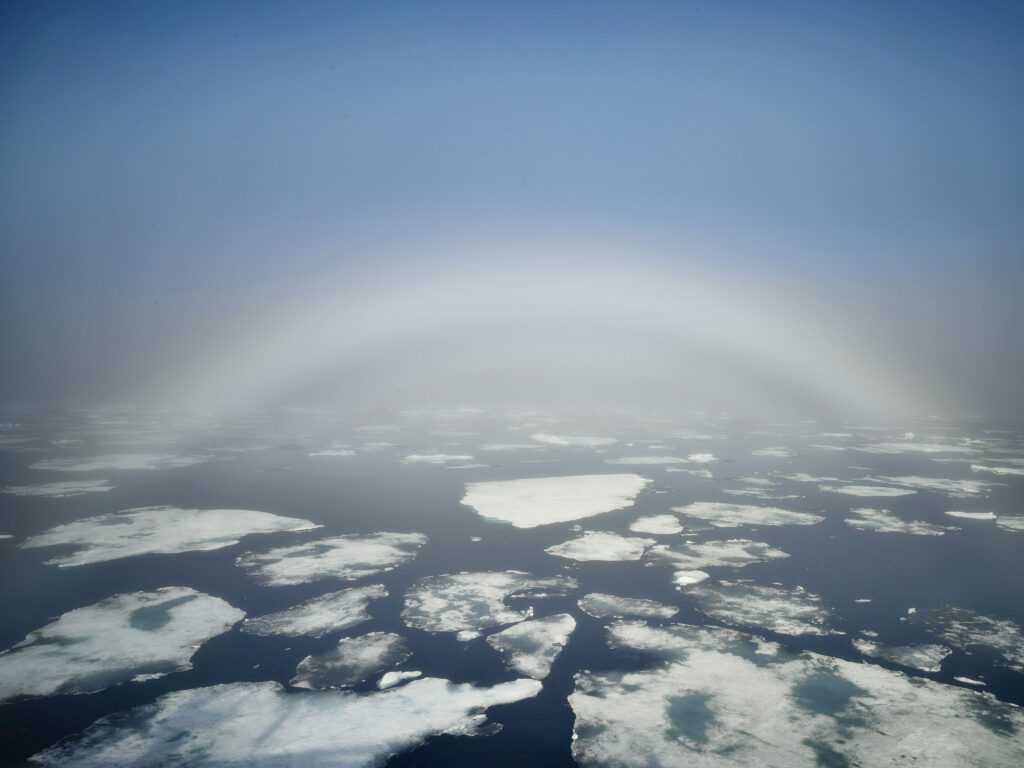
Preparing for your Spitsbergen expedition
It’s common for Spitsbergen travellers to pack like they are going on an Antarctica expedition. Fortunately, this pristine Arctic paradise is not nearly as frigid as Antarctica’s climes. This saves you a frosty nose and maybe a little space in your luggage.
That said, while temperatures are milder (particularly in July and August), you are still packing for temperatures that only get as high as 6 or 7 degrees Celsius (42-45 Fahrenheit). Lows are sometimes above freezing, but pack thin layers, cosy beanies, thick gloves and sturdy boots, along with quality sunglasses and a good camera, of course. Discover more about what to pack for the polar regions here.
Curious about the day in the life of an Arctic Explorer? Check out this blog!
Discover Spitsbergen for yourself
Explore Spitsbergen on a voyage that visits a range of Arctic destinations, or an immersive Svalbard expedition that leaves no stone unturned. Once you find your dream voyage, get in touch with our knowledgeable and friendly team to book a stateroom on an Arctic adventure today.
Svalbard in Depth
Polar Expedition
Welcome to Aurora Expeditions’ Svalbard in Depth expedition. On this extended exploration of the Svalbard archipelago, there is ample time to enjoy the best of this magical region, a world of...
15 Days
From AUD $27,676.00/pp
Jewels of the Arctic
Polar Expedition
Welcome to Aurora’s Jewels of the Arctic expedition.Explore Svalbard, a world of near-endless daylight, where polar bear sightings quicken your pulse, walrus haul out on sea ice and guillemot cries...
13-15 Days
From AUD $22,496.25/pp
Svalbard Odyssey
Polar Expedition
Thank you for joining Aurora Expeditions on our Svalbard Odyssey expedition. Enjoy the best of Svalbard, a world of near-endless daylight, where polar bear sightings quicken your pulse, guillemot cries echo...
12 Days
From AUD $23,596.00/pp




